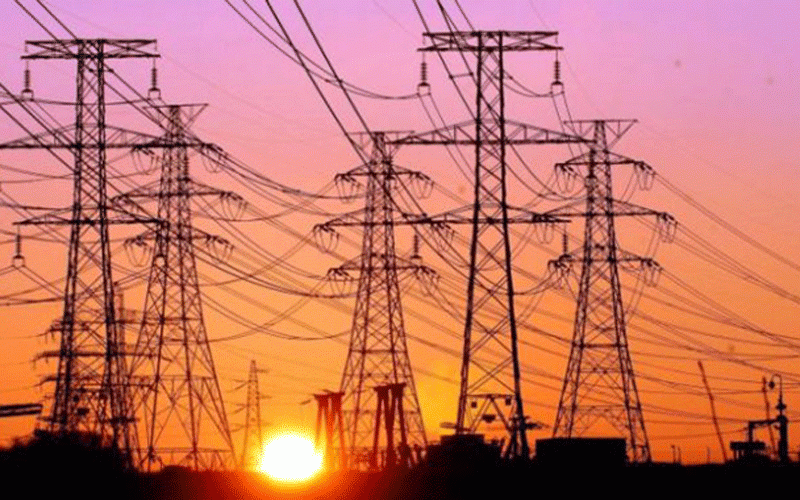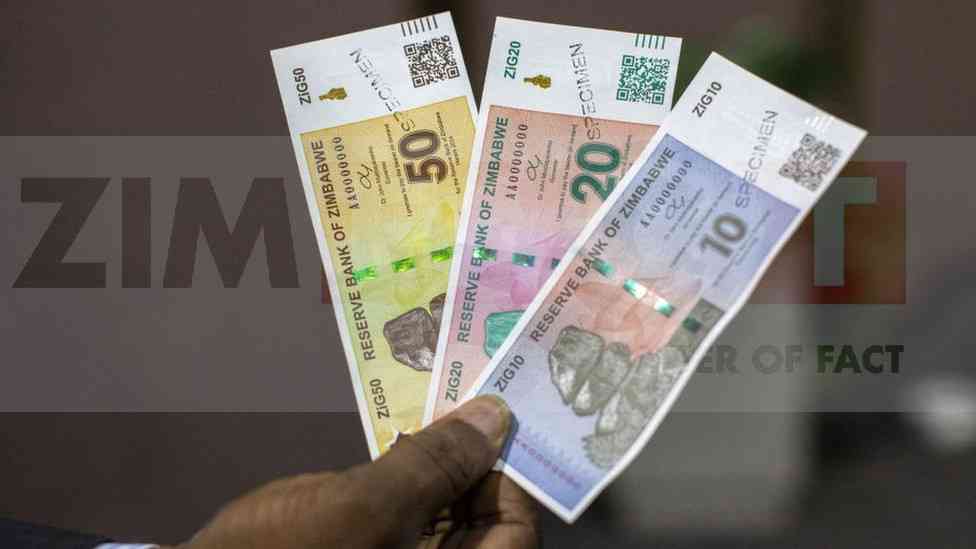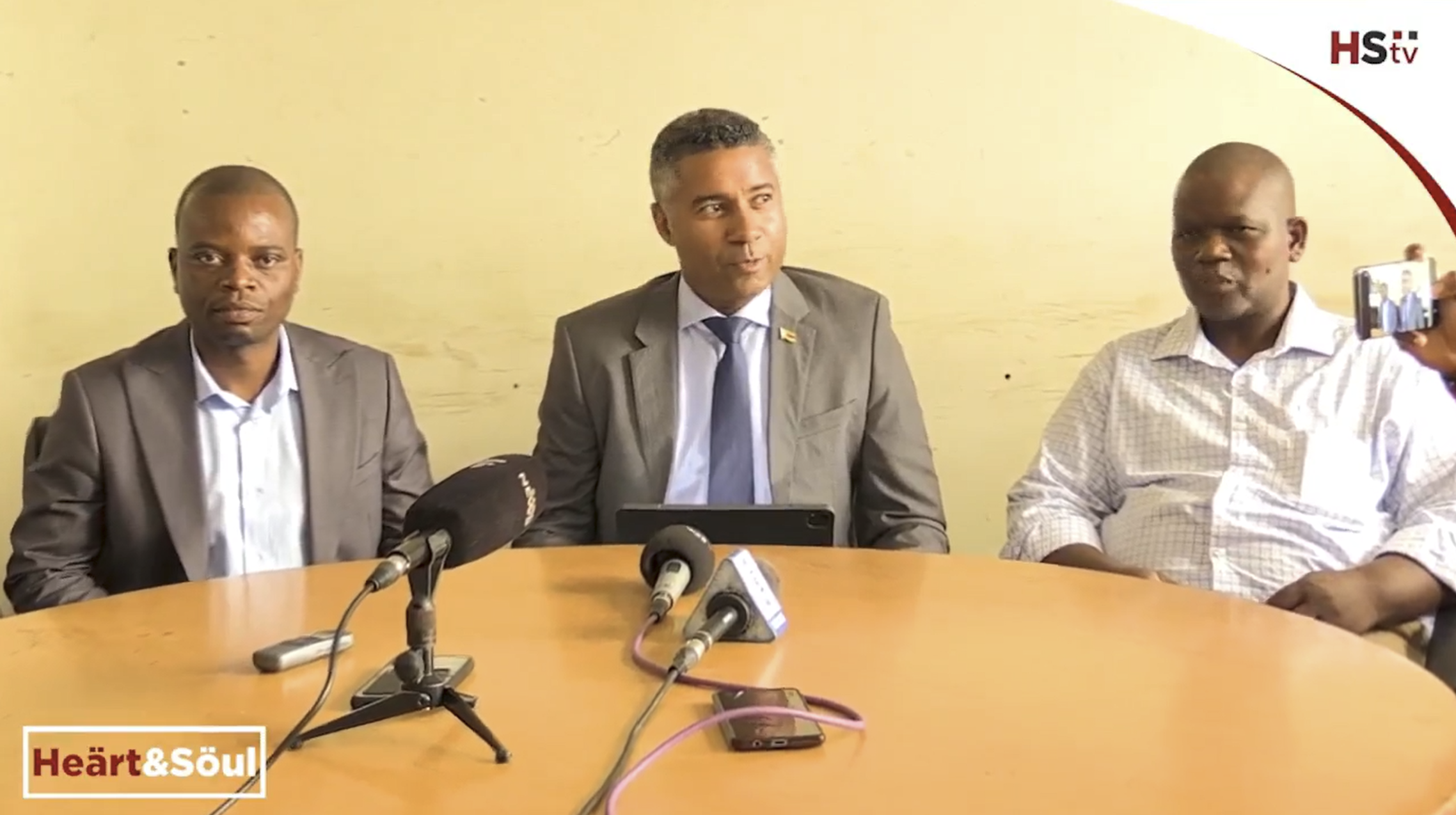ZIMBABWE stands at a critical juncture in its economic journey, with ambitious aspirations of achieving upper-middle-income status by 2030.
However, a formidable obstacle threatens to derail these lofty goals: The nation’s persistent and crippling power shortages.
A recent World Bank report has cast a stark light on the magnitude of this crisis, revealing that unreliable electricity supply exacts a staggering toll of 6,1% from Zimbabwe’s annual gross domestic product (GDP).
This revelation serves as a clarion call for urgent, decisive action to address the country’s energy predicament and chart a course towards sustainable economic prosperity.
The ramifications of Zimbabwe’s power crisis extend far beyond mere statistics, permeating every facet of the nation’s economic and social fabrics.
- Triangle retrenches as economy bites
- Caledonia in US$42 million capex drive for 2025
- Mukuru launches mobile wallet in Zim to bolster financial inclusion
- Economy heads for a bloodbath: Biti
- NBS completes Glaudina housing project ahead of schedule
The country’s key industrial sectors, namely mining, manufacturing, and agriculture, find themselves caught in a vicious cycle of diminished productivity and escalating operational costs.
The mining sector, a cornerstone of Zimbabwe’s economy and a significant foreign exchange earner, faces particularly severe challenges.
Frequent power outages disrupt critical processes, from extraction to processing, leading to reduced output and, consequently, lower export revenues.
The manufacturing sector, already grappling with outdated machinery and fierce global competition, sees its struggles compounded by unreliable energy supply.
This not only hampers production, but also deters potential investors, further impeding the sector’s growth and modernisation efforts.
Agriculture, the lifeblood of Zimbabwe’s rural economy and a crucial contributor to food security, is not spared from the energy crisis.
Modern farming techniques, including irrigation systems and cold storage facilities, heavily rely on consistent power supply.
The frequent blackouts force many farmers to revert to less efficient, traditional methods, resulting in lower yields and increased post-harvest losses.
This not only affects domestic food security, but also diminishes Zimbabwe’s agricultural export potential, a key component of its economic diversification strategy.
The power shortage’s impact on small and medium-sized enterprises (SMEs) is particularly concerning.
These businesses, often hailed as the engines of job creation and economic innovation, find themselves in a precarious position.
Unlike larger corporations, SMEs typically lack the financial resources to invest in alternative power sources such as generators or solar systems.
Consequently, many are forced to operate on reduced hours or shut down entirely during blackouts, leading to loss of revenue, reduced competitiveness and, in some cases, closure.
This not only stifles entrepreneurship but also exacerbates unemployment, a persistent challenge in Zimbabwe’s economic landscape.
The energy crisis poses a significant threat to Zimbabwe’s National Development Strategy (NDS1) and the government’s Vision 2030.
These initiatives, designed to propel Zimbabwe into the ranks of upper-middle-income economies within the next decade, hinge on sustained economic growth, increased productivity and enhanced competitiveness.
However, the persistent power shortages act as a drag on these ambitions, potentially derailing the country's economic trajectory.
The 6,1% GDP loss attributed to unreliable electricity supply represents not just current economic hardship but also foregone opportunities for investment, innovation, and social development.
Addressing Zimbabwe’s power crisis demands a multifaceted, innovative approach that leverages on both domestic resources and international partnerships.
First and foremost, there is an urgent need for substantial investment in the country's power generation capacity.
This entails not only the rehabilitation and upgrading of existing power plants but also the development of new, more efficient facilities.
The recent expansion of the Hwange Power Station, with significant involvement from Indian investors, serves as a testament to the potential of international collaboration in addressing Zimbabwe’s energy needs.
This model of partnership should be actively pursued and expanded, with government creating an enabling environment to attract further foreign direct investment in the energy sector.
Renewable energy presents a golden opportunity for Zimbabwe to diversify its energy mix and reduce its carbon footprint.
The country is blessed with abundant solar and wind resources, which remain largely untapped.
Harnessing these renewable sources cannot only help to meet the country’s growing energy demands, but also position Zimbabwe as a regional leader in clean energy adoption.
To this end, government should implement a comprehensive renewable energy policy framework.
This could include feed-in tariffs, tax incentives for renewable energy projects and streamlined licensing processes for independent power producers.
Moreover, promoting small-scale, off-grid renewable solutions could rapidly improve energy access in rural areas, fostering rural development and reducing the strain on the national grid.
Regional co-operation through the Southern African Power Pool offers another avenue for addressing Zimbabwe’s immediate energy needs while building long-term resilience.
By strengthening its participation in this regional electricity trading platform, Zimbabwe can access surplus power from neighbouring countries during shortfalls.
Simultaneously, the country should work towards increasing its own generation capacity, with the goal of eventually becoming a net exporter of electricity.
This would not only ensure energy security, but also create a new revenue stream for the economy.
Improving energy efficiency across all sectors of the economy is equally crucial in addressing the power crisis.
Government should launch a national energy efficiency programme, encompassing both the public and private sectors.
This could include mandatory energy audits for large consumers, incentives for the adoption of energy-efficient technologies and public awareness campaigns on energy conservation.
In reducing overall energy demand, such measures can help to alleviate pressure on the national grid and improve the reliability of supply.
Innovation and technology have a pivotal role to play in revolutionising Zimbabwe’s energy landscape.
The government should prioritise investment in smart grid technologies, which can enhance the efficiency and reliability of power distribution.
Additionally, supporting research and development in energy storage solutions could help to address the intermittent challenges associated with renewable energy sources.
Encouraging the development of local expertise in these areas could also create new industries and job opportunities, contributing to the country’s broader economic goals.
Addressing Zimbabwe’s power shortage requires a concerted effort from various stakeholders.
Government must take the lead by creating a conducive policy environment, mobilising domestic resources and facilitating international partnerships.
International financial institutions, such as the World Bank and the African Development Bank, can provide crucial technical assistance and financing for energy projects.
The private sector, both domestic and international, has a vital role to play in investing in power generation and distribution infrastructure.
Moreover, there is a need for greater transparency and accountability in the management of the energy sector.
This includes addressing issues of corruption, improving the financial health of the national power utility, and ensuring that tariffs reflect the true cost of electricity production while remaining affordable for consumers.
Tackling this challenge head-on through a combination of increased investment, renewable energy adoption, regional co-operation, energy efficiency measures and technological innovation, Zimbabwe cannot only overcome its current energy woes but also lay the foundation for a sustainable and prosperous future.
The 6,1% of GDP currently lost to power shortages represents not just a challenge but also the potential for significant economic gains once addressed.
The path to achieving Vision 2030 and an upper-middle-income status is inextricably linked to the development of a reliable, efficient, and sustainable power sector.
By harnessing its natural resources, leveraging on international partnerships and embracing innovation, Zimbabwe can transform its energy landscape.
In doing so, it will not only power its industries and light its homes, but also ignite a new era of economic growth and social development.
- Lawrence Makamanzi is a researcher and he writes here in his personal capacity. He is reachable at his email address blmakamanzi@gmail.com or 0784318605.













